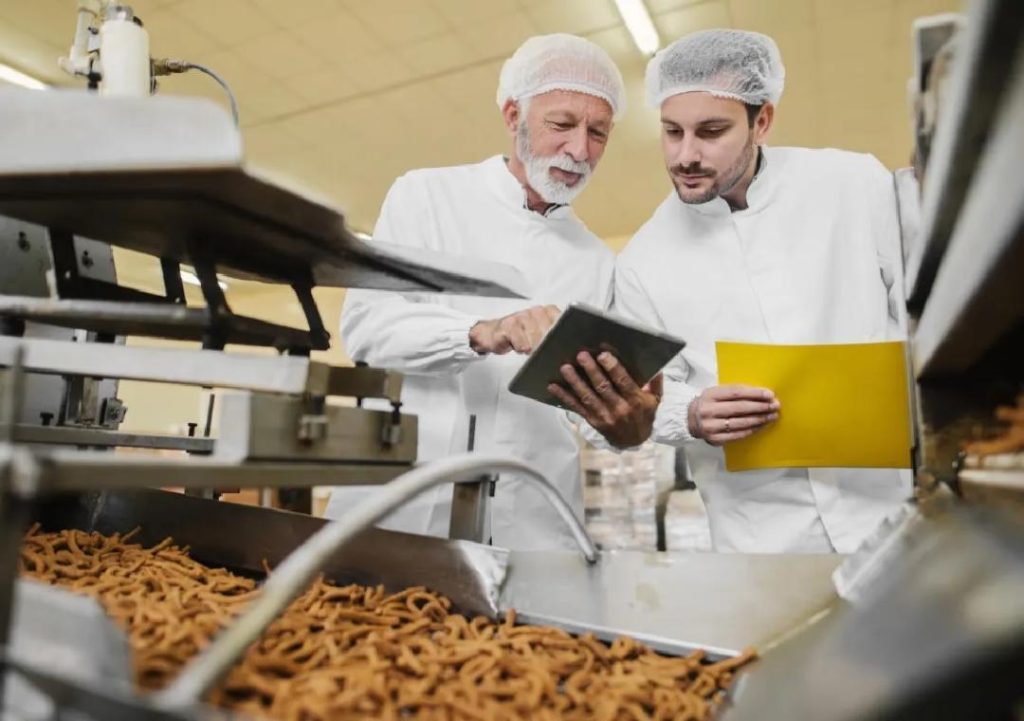
Can P&L Optimisation Redefine Success in Food Technology?
The food technology industry has undergone significant transformations in recent years, driven by advancements in automation, data analytics, and supply chain management. As companies strive to stay ahead of the curve, they are increasingly focusing on profit and loss (P&L) optimisation as a key strategy for success. By streamlining P&L operations, food technology companies can cut waste, sharpen demand forecasting, and support better decision-making. In this blog post, we’ll explore the role of P&L optimisation in redefining success in the food technology industry.
Challenges in Food Technology
The food technology industry faces unique challenges, including fluctuating raw material costs, changing consumer preferences, and intense competition. To succeed, companies must navigate these complexities while maintaining profitability and driving growth. One of the primary obstacles to success is poor P&L management, which can lead to inefficiencies, waste, and missed opportunities.
P&L Optimisation: The Key to Success
P&L optimisation involves using data analytics and automation to streamline financial operations, reduce waste, and improve forecasting. By adopting scalable models, food technology companies can boost margins, ensure sustainable growth, and stay competitive in the industry. Here are some key benefits of P&L optimisation:
- Reduced Waste: Automated inventory management systems can help reduce waste by identifying excess stock and optimising production levels. According to a report by Growth Jockey, “Automated inventory management can reduce waste by up to 20%.”
- Improved Forecasting: Advanced data analytics can help companies improve demand forecasting, reducing the risk of overproduction or underproduction. This leads to better decision-making and reduced waste.
- Enhanced Decision-Making: P&L optimisation provides real-time insights into financial performance, enabling companies to make data-driven decisions and respond quickly to changes in the market.
- Increased Efficiency: Automation and data analytics can help streamline financial operations, reducing administrative burdens and freeing up resources for more strategic activities.
- Improved Supplier Management: P&L optimisation can help companies negotiate better deals with suppliers by providing accurate data on demand and supply.
Strategies for P&L Optimisation
To achieve P&L optimisation, food technology companies can adopt the following strategies:
- Implement Automated Inventory Management: Use automated systems to track inventory levels, identify excess stock, and optimise production levels.
- Leverage Data Analytics: Use advanced data analytics to improve demand forecasting, track financial performance, and inform decision-making.
- Streamline Financial Operations: Automate administrative tasks, such as invoicing and accounting, to reduce costs and improve efficiency.
- Optimise Supply Chain Management: Use data analytics and automation to improve supplier management, reduce costs, and ensure timely delivery of raw materials.
- Focus on Core Competencies: Identify areas of the business where the company can add the most value and focus on those areas, outsourcing non-core activities to reduce costs and improve efficiency.
Case Studies in P&L Optimisation
Several food technology companies have achieved significant success through P&L optimisation. Here are a few case studies:
- Company X: A leading food processor implemented automated inventory management and data analytics, reducing waste by 15% and improving demand forecasting by 20%.
- Company Y: A manufacturer of food packaging implemented streamlined financial operations, reducing administrative costs by 30% and improving cash flow.
- Company Z: A supplier of raw materials to the food industry implemented supplier management software, reducing costs by 10% and improving delivery times.
Conclusion
P&L optimisation is a key strategy for success in the food technology industry. By streamlining financial operations, reducing waste, and improving forecasting, companies can boost margins, ensure sustainable growth, and stay competitive. By adopting scalable models and leveraging automation and data analytics, food technology companies can redefine success and achieve long-term profitability. As the industry continues to evolve, P&L optimisation will play an increasingly important role in driving growth and innovation.
Source:
https://www.growthjockey.com/blogs/p-and-l-operations-in-food-tech






